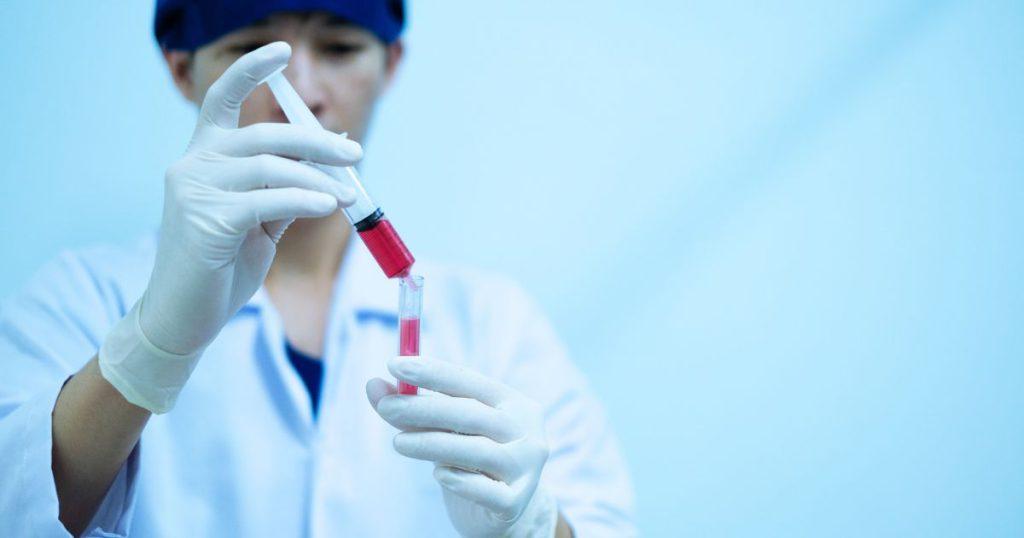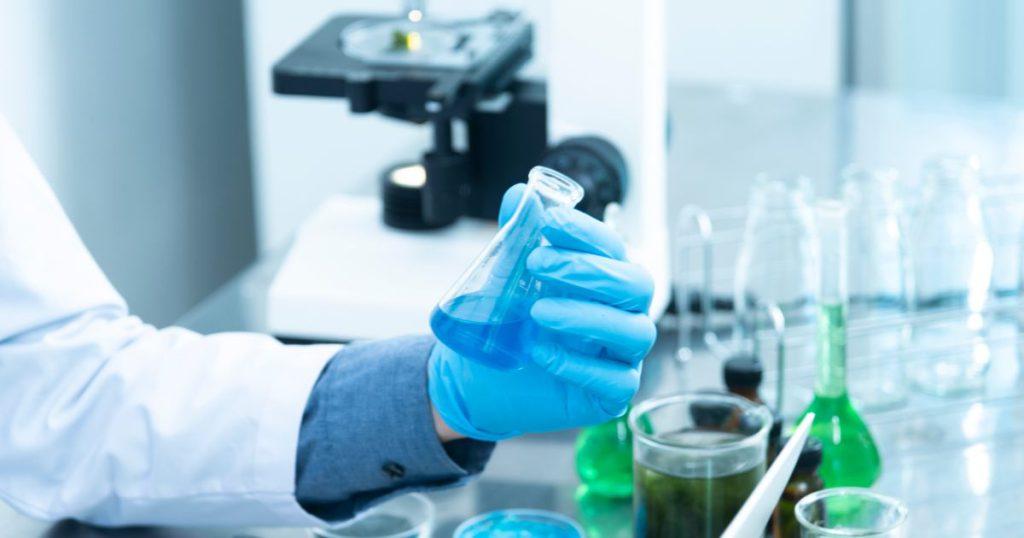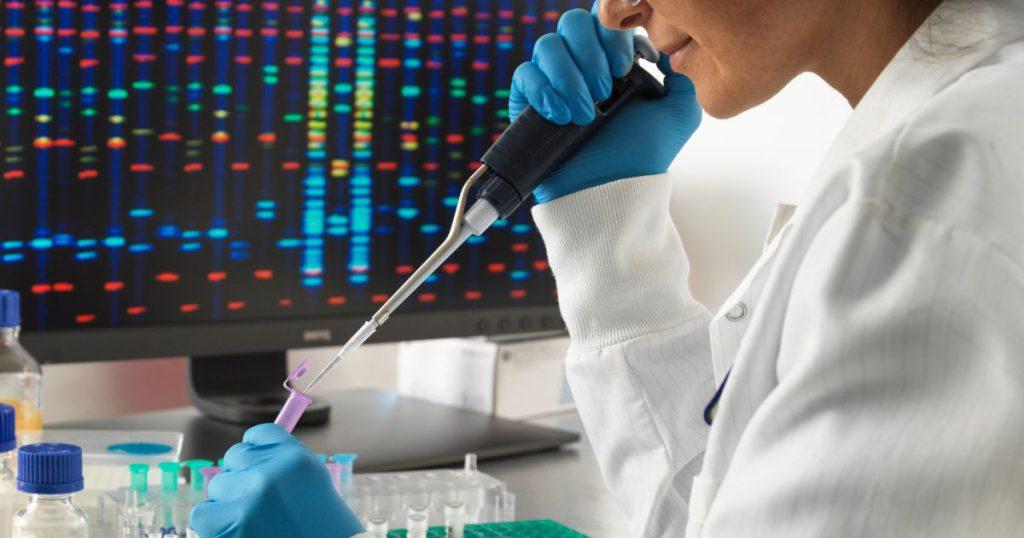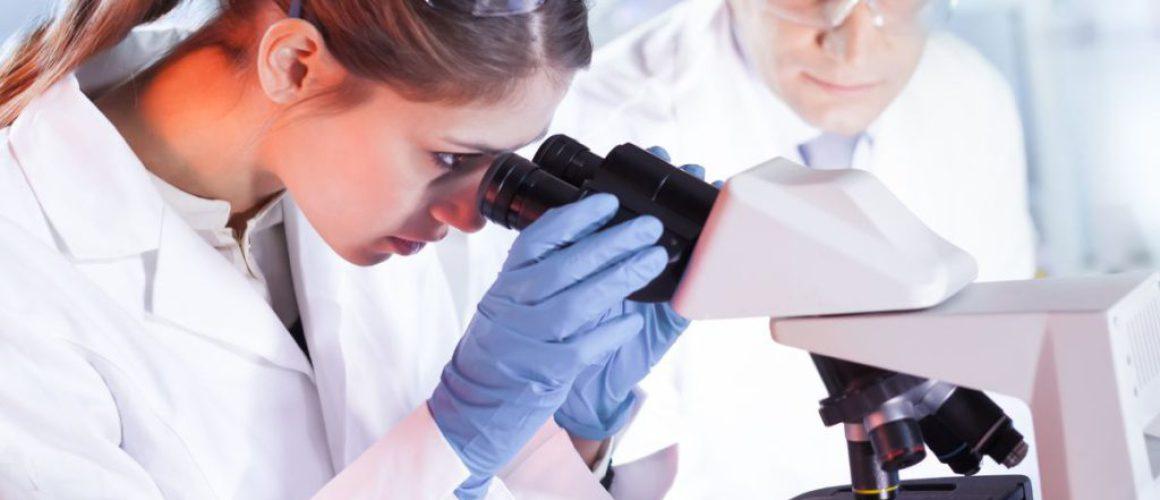Biochemical markers in forensic science
Table of Contents
Summary Table: Forensic Science
| Aspect | Description |
|---|---|
| Field | Forensic Science |
| Key Role | Application of scientific knowledge and methodology to legal problems and criminal investigations |
| Intersection with Biochemistry | Use of biochemical markers for identification, detection, and analysis |
| Examples of Biochemical Markers | DNA, enzymes, glucose levels |
| Future Prospects | Advancements in epigenetics and metabolomics |
Diving into the world of forensic science, we often overlook the silent detective – biochemical markers. These microscopic heroes help solve mysteries that would leave even Sherlock Holmes scratching his head. Stick around as we unravel the intriguing role of these markers in forensic science.
Biochemistry and forensic science, two seemingly different fields, come together to create a powerful tool for justice.

Introduction
Forensic science and biochemistry may seem worlds apart, but they intersect in fascinating ways that can help solve mysteries and bring justice. As a medical technology student with a keen interest in both fields, I’ve come to appreciate the intricate dance between these two disciplines. In the realm of forensics, biochemistry provides the tools and techniques to uncover the truth hidden in the most microscopic of clues.
In this article, we’ll delve into the world of biochemical markers and their role in forensic science. We’ll explore what these markers are, how they’re used, and why they’re so crucial in helping forensic scientists crack cases. So, if you’re ready to dive into this fascinating intersection of science and justice, let’s get started!
The Intersection of Biochemistry and Forensic Science
When we think of forensic science, we often picture crime scenes and detectives, but behind the scenes, biochemistry plays a pivotal role. Biochemistry, the study of chemical processes within living organisms, provides the foundation for many forensic techniques. From analyzing DNA to identifying substances in a crime scene, biochemistry is the silent partner in many forensic investigations.
But what exactly are the biochemical tests used in forensic science? These tests often involve the identification and analysis of biological substances – blood, saliva, hair, skin cells – found at a crime scene. By understanding the biochemical makeup of these substances, forensic scientists can piece together the puzzle of what happened at a crime scene.
Key Concepts in Forensic Biochemistry
- Forensic Science
- Biochemistry
- Biochemical Tests
- Biological Substances
- Crime Scene Analysis
Understanding Biochemical Markers
Biochemical markers are like the body’s breadcrumbs, leaving a trail that can tell a story of what’s happening inside our cells. These markers, also known as biomarkers, are molecules that indicate normal or abnormal processes occurring in the body. They can be proteins, genes, or other molecules, and they can provide valuable information about a person’s health or disease state.
So, what are the different types of biological markers? There are many types, including genetic markers (like DNA), protein markers (like enzymes or antibodies), and metabolic markers (like glucose or cholesterol levels). Each type of marker provides a different piece of the puzzle, helping scientists understand the complex processes happening within our bodies.
Types of Biochemical Markers
| Type | Example | Use in Forensic Science |
|---|---|---|
| Genetic Markers | DNA | Identification of individuals |
| Protein Markers | Enzymes | Indication of health conditions or drug use |
| Metabolic Markers | Glucose levels | Information about metabolic state |

The Role of Biochemical Markers in Forensic Science
In the realm of forensic science, biochemical markers provide crucial clues that can lead to breakthroughs in investigations. These markers can help identify a suspect, determine a cause of death, or even link a weapon to a crime.
But how is biochemical marker identification used in forensics? One common application is in DNA profiling, where scientists analyze specific regions of a person’s DNA to create a unique genetic ‘fingerprint’. This can be used to match a suspect to a sample found at a crime scene. Another application is in toxicology, where biochemical markers can help detect the presence of drugs or poisons in a person’s system.
Applications of Biochemical Markers in Forensic Science
| Application | Description |
|---|---|
| Identification | Matching a suspect to a sample found at a crime scene |
| Detection | Detecting the presence of drugs or poisons in a person’s system |
| Analysis | Providing clues about a person’s time of death |
Real-World Applications of Biochemical Markers in Forensic Cases
Let’s delve into some real-world cases where biochemical markers have been instrumental in solving forensic mysteries. For instance, in a case of unexplained death, forensic scientists might look for markers of drug use or poisoning. By analyzing the deceased’s blood or tissue samples, they can identify any unusual substances that might have contributed to the death.
But biochemical markers aren’t just useful in death investigations. They can also help solve crimes. For example, in a case of assault, scientists might analyze the suspect’s and victim’s DNA to see if there’s a match. This can provide powerful evidence linking a suspect to a crime.
Real-World Cases of Biochemical Markers in Forensic Science
| Case | Role of Biochemical Markers |
|---|---|
| Unexplained Death | Identifying unusual substances that might have contributed to death |
| Assault | Matching the suspect’s and victim’s DNA |
The Future of Biochemical Markers in Forensic Science
As our understanding of biochemistry advances, so does its potential in the field of forensic science. With the development of new technologies and techniques, we can expect to see even more sophisticated use of biochemical markers in the future.
So, what are some examples of biomarkers that might play a big role in the future of forensics? One promising area is epigenetics, the study of changes in gene expression that don’t involve changes to the underlying DNA sequence. Epigenetic markers could provide new ways to identify individuals or determine the time of death. Another exciting area is metabolomics, the study of the unique chemical fingerprints that specific cellular processes leave behind. Metabolomic markers could provide new insights into causes of death or mechanisms of drug action.
Future Prospects of Biochemical Markers in Forensic Science
| Prospect | Description |
|---|---|
| Epigenetics | Studying changes in gene expression for identification and time of death determination |
| Metabolomics | Studying chemical fingerprints left by cellular processes for understanding causes of death or mechanisms of drug action |
In the realm of forensics, biochemistry provides the tools and techniques to uncover the truth hidden in the most microscopic of clues

Conclusion
Biochemistry and forensic science, two seemingly different fields, come together to create a powerful tool for justice. By understanding and applying biochemical markers, forensic scientists can uncover the truth in ways that would have been impossible just a few decades ago.
In this article, we’ve explored the world of biochemical markers and their role in forensic science. From understanding what these markers are to seeing how they’re used in real-world cases, we’ve seen that these tiny molecules can have a big impact. Whether you’re a budding forensic scientist or just a curious reader, I hope you’ve found this journey into the world of forensic biochemistry as fascinating as I have.
Disclaimer: This article is intended for informational purposes only and does not constitute professional advice. Always seek the advice of a qualified professional with any questions you may have regarding a medical or scientific matter.
For more insights into the world of biochemistry, feel free to explore the Biochemistry category on my blog. Also see my index page on Biochemistry
Also check out my other posts: Proteomics and protein profiling and The Role of Biochemistry and Molecular Biology Techniques in Understanding Genetic Disorders
Frequently Asked Questions
What is biochemical marker identification in forensics?
Biochemical marker identification in forensics involves the use of specific molecules, known as biochemical markers or biomarkers, to provide crucial information in forensic investigations. These markers, which can be proteins, genes, or other molecules, can help identify a suspect, determine a cause of death, or even link a weapon to a crime.
What are biochemical markers?
Biochemical markers, also known as biomarkers, are molecules that indicate normal or abnormal processes occurring in the body. They can provide valuable information about a person’s health or disease state.
What is an example of a biochemical marker?
An example of a biochemical marker is DNA. In forensic science, specific regions of a person’s DNA can be analyzed to create a unique genetic ‘fingerprint’. This can be used to match a suspect to a sample found at a crime scene.
What are biochemical tests in forensic science?
Biochemical tests in forensic science often involve the identification and analysis of biological substances – blood, saliva, hair, skin cells – found at a crime scene. By understanding the biochemical makeup of these substances, forensic scientists can piece together the puzzle of what happened at a crime scene.
What are the different types of biological markers?
There are many types of biological markers, including genetic markers (like DNA), protein markers (like enzymes or antibodies), and metabolic markers (like glucose or cholesterol levels). Each type of marker provides a different piece of the puzzle, helping scientists understand the complex processes happening within our bodies.
What are biomarkers used for detection?
Biomarkers are used for detection in many areas of medicine and science, including forensic science. In forensics, biomarkers can help detect the presence of drugs or poisons in a person’s system, match a suspect to a sample found at a crime scene, or provide clues about a person’s time of death.
What are 3 examples of biomarkers?
Three examples of biomarkers are DNA, enzymes, and glucose levels. DNA can be used as a biomarker in forensic science to identify individuals, enzymes can indicate certain health conditions or drug use, and glucose levels can provide information about a person’s metabolic state.
What are the 3 types of markers?
The three types of markers often referred to in biochemistry and forensic science are genetic markers, protein markers, and metabolic markers. Genetic markers are variations in DNA that can be used to identify individuals or traits. Protein markers can indicate the presence of certain diseases or conditions. Metabolic markers, like glucose or cholesterol levels, can provide information about a person’s metabolic state.
What are biomarkers and examples?
Biomarkers are molecules that can indicate normal or abnormal processes in the body. Examples of biomarkers include DNA, which can be used to identify individuals; enzymes, which can indicate certain health conditions or drug use; and glucose levels, which can provide information about a person’s metabolic state.
Further reading
Biochemical blood markers and sampling sites in forensic …
Sean Schepers is a third-year Medical Technology student at Mahidol University with a passion for all things health and medicine. His journey into the world of medicine has led him to explore various fields. Sean's blog posts offer a unique perspective, combining his academic insights with personal experiences. When he's not studying or blogging, Sean enjoys keeping up with politics and planning his future career in medicine.
In addition to his studies, Sean serves as the chairman of the Rights, Liberties, and Welfare Committee, a role that reflects his commitment to advocacy and social justice. Beyond his academic pursuits, Sean offers tutoring services in English and Biology, further demonstrating his dedication to education and mentorship. His journey is one of continuous discovery, and he invites others to join him as he explores the dynamic and transformative world of medical technology.


